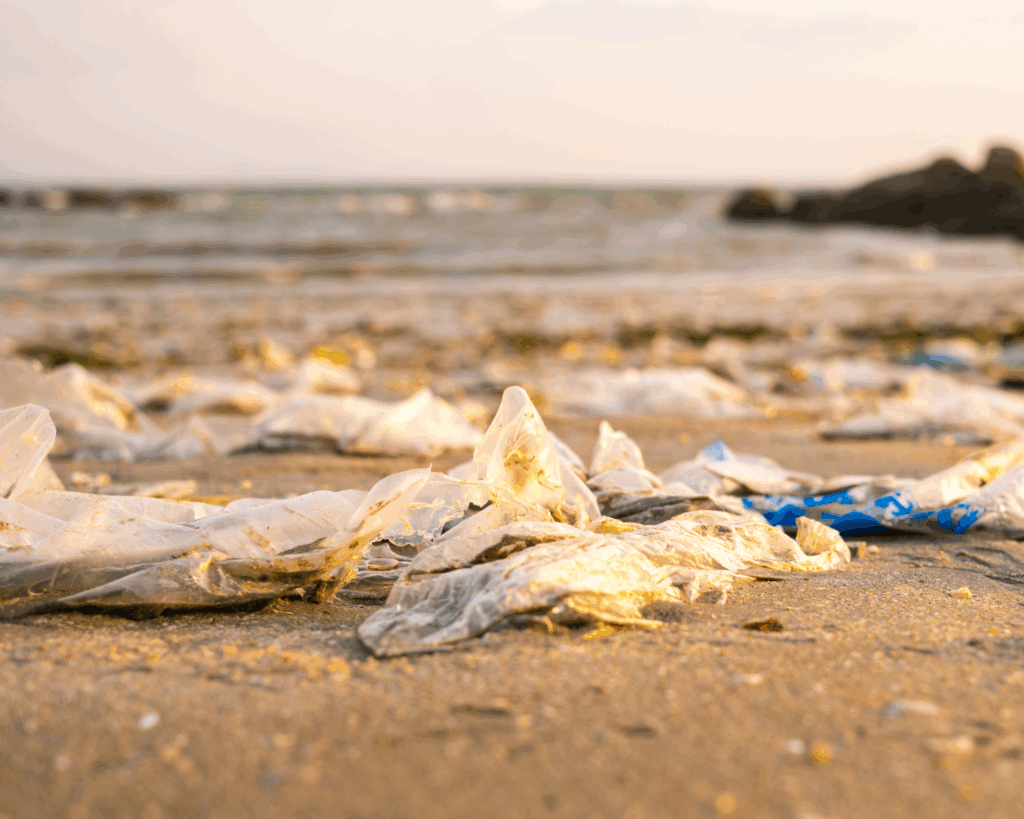U.S. Water Problems
Clean water is unaffordable for about 35% of households in the U.S. Without renewed government investment, access will never be equitable.

Read Time: 3 minutes
Published:
Access to clean water is a fundamental human right. Yet, clean water is unaffordable for about 35% of households in the United States. Without renewed government investment, access will never be equitable.
Unsafe water, or even unreliable access to safe water, can cause illness. Lead poisoning, dehydration, and the spread of infectious diseases are all potential consequences. The U.S. saw the impacts of this firsthand with the 2014 Flint water crisis.
When clean water is expensive, some may not be able to afford it at all. Some may spend less on other things like food, medicine, and health care to cover the water bill. These trade-offs can be harmful, especially for populations with other serious health conditions.
There are also layers of inequity at play. Low-income and minoritized communities are disproportionally burdened by inadequate access to clean water. For example, these communities report more contaminated water than others. These groups also lack the political power needed to fight for better access, exacerbated by their historical and systemic exclusion in urban planning and zoning decisions. As a consequence, there’s a water access gap.
The role of rising water prices
Water, even if it’s clean, is not accessible if it’s too costly. Water prices are also going up, driven by two factors: aging infrastructure and fragmented government oversight.
The current water delivery system is falling apart. With a water main break every two minutes, the system requires continual maintenance to simply meet today’s demand. But financial resources have not kept up. To do all of these repairs and updates, we need at least a one trillion dollar investment nationwide.
A confusing patchwork of government oversight makes it difficult to solve this problem. As of 2017, 96% of the actual capital spending on water was shifted onto state and local governments, despite this being a nationwide challenge. It is often unclear who is responsible for regulating and monitoring our varying water systems.
What can be done?
Water access can become more equitable with renewed investment and priority at different levels of government.
At the federal level, the government could set affordability guidelines with costs based on income. Right now, Philadelphia is the only major city that sets water rates based on income, which has reduced missed payment by lower-income residents and water shutoffs. Doing the same thing nationwide could provide a uniform and more equitable standard of water pricing.
States and local governments can also provide targeted relief to struggling families. Some municipalities offer assistance programs, such as discounts, debt forgiveness, and flexible payment terms. Eligibility can be tied to age, disability status, or homeowner status, but the metrics and cutoffs vary widely by locale.
Perhaps most importantly, regardless of the level of government, we need to invest more money in our water infrastructure. The 2021 Bipartisan Infrastructure Law provided a legal framework for critical infrastructure improvements. This is a step in the right direction, but many are still waiting to receive these federal funds. Frankly, it also isn’t enough money to address this multi-faceted problem. For those improvements to be made, federal, state, and local governments need to earmark more funds and act urgently.
Right now, we need to prioritize and fix our national water system. The problems will worsen with increasing population growth, demands for clean water, and climate change. Without significant governmental investment, our health and clean water access will continue to be at risk.
Photo via Getty Images



